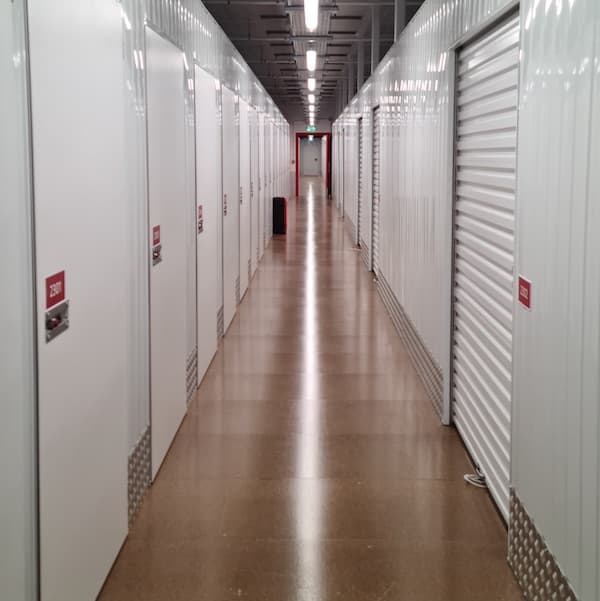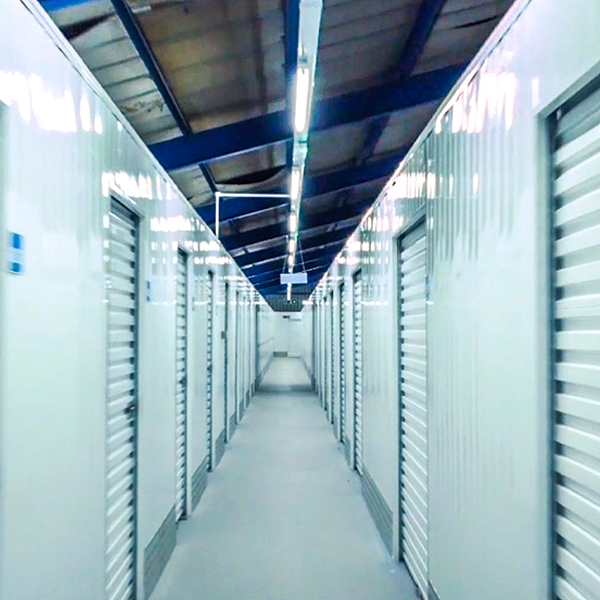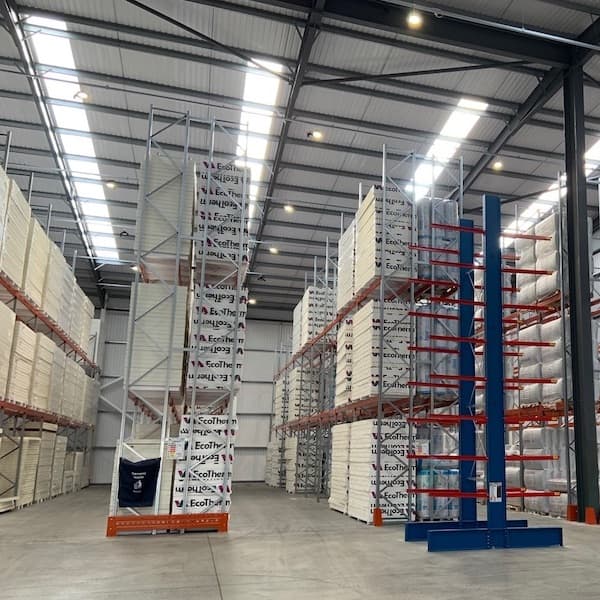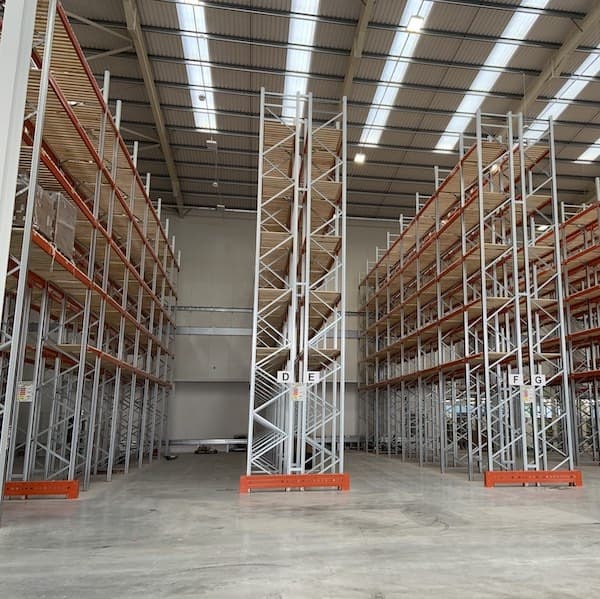- Mezzanine Floors
- Solutions
- Multi-Tier Mezzanines
- Mezzanine Pallet Safety Gates
- Mezzanine Staircases
- Mezzanine Handrails and Balustrades
- Mezzanine Decking
- Fire Protection for Mezzanine Floors
- Mezzanine Lift Shaft Design and Installation
- Resources
- Mezzanine Floor Calculator
- Mezzanine Floor Regulations and Building Control
- Self-Storage Mezzanine Floors
- Self-Storage Units
- Resources
- Self-Storage Site Selection Information
- Calculating The ROI of Self-Storage Conversions
- Planning for Automation in Self Storage
- Racking & Shelving
- Solutions
- Cantilever Racking
- Pallet Racking
- Coil Racking
- Longspan Shelving
- Tyre Racking
- Kimer Racking
- Live Storage Racking
- Drive In & Drive Through Racking
- Clip Shelving
- Mobile Shelving
- Custom Fabrications
- About Us
- USS Case Studies
- Self-Storage Fit-out For Raked Ceiling Building
- Mezzanine And Staircases For Entertainment Venue
- New Mezzanine And Staircases For Major Retailer
- Mezzanine Pallet Safety Gate
- Self-Storage Fit-Out Project For Brand New Facility
- Warehouse Racking, Wire Mesh & Shelving for New Warehouse
- Self-Storage Partition System & Components Installation
- Self-Storage Store Mezzanine And Staircases
- Multi-Tier Mezzanine For Logistics & Distribution Facility
- Warehouse Plant Platform
- Self-Storage Facility Space Expansion
- Mezzanine Floor For Distribution Warehouse
- Bespoke Feature Staircase & Mezzanine
- Single Level, Multi-Use Mezzanine
- Mezzanine For A New Building
- Mezzanine Floor For Plumbing Supplies Warehouse
- New Racking System and Mezzanine Floor
- Car Park Conversion To Self Storage Facility
- Pallet Racking and Cantilever Racking For Warehouse
- Two Mezzanine Floors For Self-Storage Facility In Birmingham
- Our Accreditations
- Contact Us
- USS Case Studies
- 47% of respondents said they felt stressed in their current job.
- Almost 25% said their work was having a negative effect on their mental health.
- 32% said their work left them feeling too tired to engage with friends and family.
- 24% said they missed out on important life events because of their work hours.
- 19% said their employer was resistant to helping employees with their work-life balance.
- Using temporary workers - 41%
- Increasing wages - 40%
- Upskilling the workforce - 28%
- Introducing bonuses - 24%
- Making the work more engaging - 20%
- Introducing non-financial perks - 16%
The Latest Blogs From USS
Logistics Companies - Adjusting To Staff Shortages
read
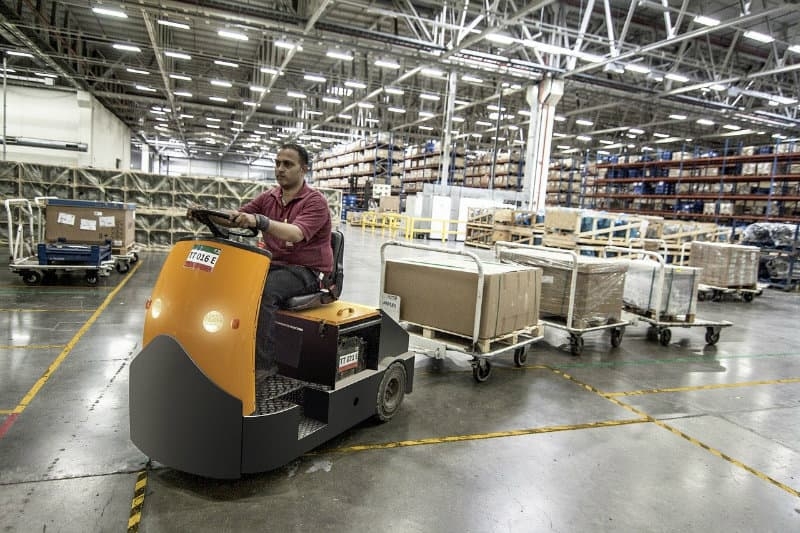
The logistics and warehousing sector is grappling with pressing issues, such as staff shortages, that are threatening to become a permanent fixture in the working environment. This alarming trend was underscored by a 2022 YouGov survey, which delved into the sentiments of workers in the warehousing and transportation industries.
Some of the results were as follows:
The rise of e-commerce and the growing demand for services like next-day delivery have reshaped the logistics landscape. While some of the challenges faced by workers might seem inevitable, global statistics paint a clear picture that is crucial for logistics operations to either attract and retain more employees or find ways to operate just as efficiently, if not more so, with a leaner workforce.

A Problem That Must Be Resolved
In this article, we’ll look at some of the steps taken by logistics companies to confront these very real issues. Over the longer term, these companies will doubtless aim to create an environment in which employees are engaged in tasks that provide a more satisfying and rewarding working experience.
Upskilling For Retention
In many cases, this will mean turning to automation to handle the many repetitive, mundane tasks that are unavoidable in day-to-day operations. In addition to technical and mechanical tweaks of this kind, logistics companies will need to work hard to enhance the overall training opportunities offered to employees through training scheme initiatives that allow workers to build on their skills and learn to work with the latest technologies as they emerge.
Could Flexibility Create Stability In A Workforce?
Of course, another change in working culture that might attract and retain employees is shifting to more flexible working patterns. Research published in Bulk Distributor magazine in 2023 found that 41% of logistics companies in the UK were offering more flexible working hours to try to ensure they have enough employees to fill each shift, with 39% singling out this as their greatest staffing challenge.
Across the UK as a whole, job adverts for the sector were up by 43% since 2019 (according to the ONS), and other steps being taken by logistics companies to fill these vacancies included the following:
Skills Shortage Is a Real Threat
The Logistics Hall of Fame Trend Survey, published earlier this year, found that the issue of a shortage of skilled workers was identified as sitting second in the global risk ranking – as set out by leaders in the logistics industry – with only cybercrime being identified as posing a greater risk. While 60% of those leaders opted for skill shortages as the greatest risk and 68% went for cybercrime, the issues perceived to be less concerning included political risks, climate change, legal changes, and supply chain disruptions.
The reason companies view skill shortages as such a threat isn’t difficult to pinpoint, with 35% of companies stating that they had suffered financial losses due to staff shortages and 26% stating that there was an extremely high risk of this happening.

The solution put forward by a massive 92% of those surveyed was the creation of attractive working conditions, with options including the obvious suggestion of higher wages for the work being done as well as steps such as the promotion of employee training and personal development (69%), a drive to embrace digitalisation (46%) and the development of an appealing employer brand (38%).
Perhaps the best overview of the state of the logistics industry in the UK was provided by the UK Logistics Confidence Index 2023, published by Barclays and BDO.
The survey takes the ‘temperature’ of the sector every year, and in 2023, it found that the overall confidence rating across the industry stood at 47.3%, down from 50.4% in 2022 and the second lowest ever since the index started to be published in 2012. Indeed, the Index for 2023 was only just higher than that recorded in 2020 when the first wave of Covid-19 lockdowns was placing huge pressure on the sector.
Long-Term View Goes Hand In Hand With Moves Toward Immediate Change
While a shift in the culture of the sector as a whole – to one which will make working in logistics a much more appealing choice – is something that's likely to take place over the longer term. The adoption of automated solutions to change how individual logistics companies operate is something which, with the right levels of investment, could happen much more quickly. In simple terms, the use of automation to create a better working environment within logistics operations involves the following:
1. Automating routine tasks such as taking items from conveyors and placing them into packs or pallets.
Not only does this stop employees from having to perform mundane and repetitive activities, but it also reduces the number of employees needed and frees up those who are working to engage in more strategic and creative tasks.
2. Using data and AI to provide the kind of solutions and shop-floor knowledge that older workers leaving the industry would previously have taken.
Data gathered by automated software over a relatively short period of time could then be used—via technology such as AI augmented reality—to instruct newcomers on the performance of relatively complex tasks. Harnessing technology in this way will make it possible for newer employees to deliver the kind of results that would previously have been the preserve of seasoned experts.
3. Utilising Warehouse Management Systems (WMS) to monitor and control the inventory moving through a warehouse or being placed in storage.
The individual components of such a system might include mobile computers, wireless LANs, barcode scanners, and radio frequency identification (RFID) technology put in place to track items. The appeal of a WMS is that it doesn’t represent the quantum leap of investing in a fleet of autonomous robotic units and can be introduced one step at a time, with the fabric of a warehouse or fulfilment centre – such as shelves, racking and conveyors - gradually being altered to work with the new technology.

Taking Action - Four Major Players
Best Buy
In 2023, the US electronic retail giant Best Buy made the decision to switch the bulk of its order fulfilment away from the nationwide fleet of stores and into automated distribution centres. The switch was such that by the end of the year, 62% of the e-commerce packages shipped by the company were going from distribution centres. The company invested in eight ‘AutoStore’ locations, equipped with 840,000 bin locations and more than 1,000 robots to make this possible. Other key technologies needed to make the switch included a WMS, a Warehouse Execution System, touch screen monitors, pick-to-light stations and 18,800 feet of conveyor belts.
Dafiti Group
The Dafiti Group are amongst the largest fashion retailers in South America. Facing the twin challenges of a reduced labour market and increased customer expectations – i.e. the demand for online shopping with deliveries in less than 48 hours and 30-day returns offered free of charge – the group opted to embrace automation on a massive scale.
The most advanced example of this came from a warehouse facility in Brazil, which extended to 54,000 m² and was home to an automated solution that processes 4,800 products hourly. The components of this system include 300 robots and 450,000 bins, and the results have seen the order cycle time cut from 24 hours to just 2 hours.
JD Logistics
JD Logistics is a California-based company that provides Retail As A Service, meaning that it handles the inventory and order fulfilment capabilities of many smaller retailers. Growing demand for their services meant a switch to automation and away from manual processes. Before the switch, employees were walking as far as 10 miles per day while fulfilling orders, but after the introduction of 60 Autonomous Case-handling Robots (ACR), employees were able to work within ergonomic, user-friendly workstations.
Automation also meant that the racking being used could be extended vertically by a massive 240%, resulting in the unit's storage capacity rising by 42.9%. Before the introduction of automated systems, the average throughput of the warehouse in question was 451.6 outbound orders per hour, a figure which subsequently rose to 641.7 outbound orders per hour.
Superdrug
The retailer Superdrug found that, with e-commerce sales doubling year on year, they needed to upgrade their National Distribution Centre (NDC) to be able to process more than 60,000 products per day. The solution was a shift away from picking based on paperwork and manual handling of goods and toward a warehouse management system controlling features such as automated carton forming, conveying and document insertion, 18,000 SKUs and using real-time warehouse data to improve processes continually.
Results included a 48% increase in throughput and a better work environment for a team, which was much more motivated. Examples such as this show how automation can not only shift the physical operation of a warehouse or logistics centre but can also completely re-cast the relationship between employers and employees, which could play a huge role in helping logistics companies negate the impact of any ongoing staff shortages.
This blog is for information purposes only and should not be construed as legal or financial advice and not intended to be substituted as legal or financial advice.
Find Us
S & L United Storage Systems Ltd
United House, The Street
Takeley, Bishop's Stortford
Hertfordshire, CM22 6QR
Company No. 1313816
VAT No. 291616253Say Hello
01279 871 787Copyright © 2025 S & L United Storage Systems Ltd. All rights reserved.
- About Us


